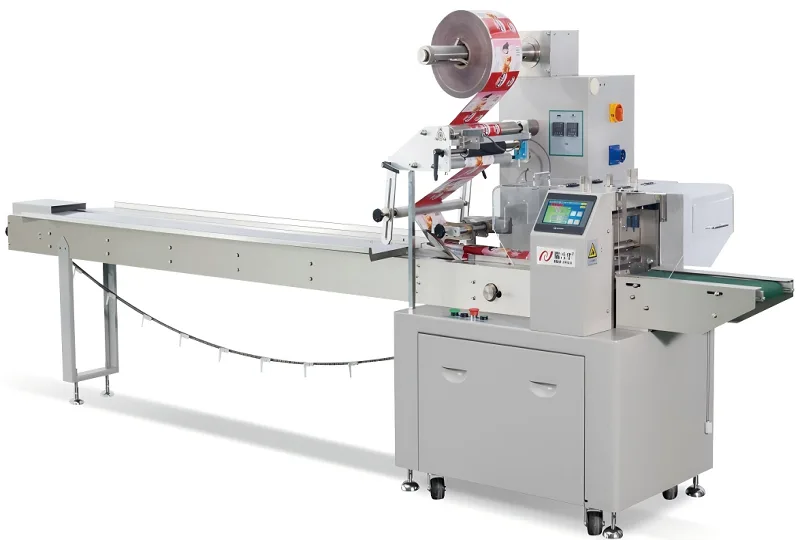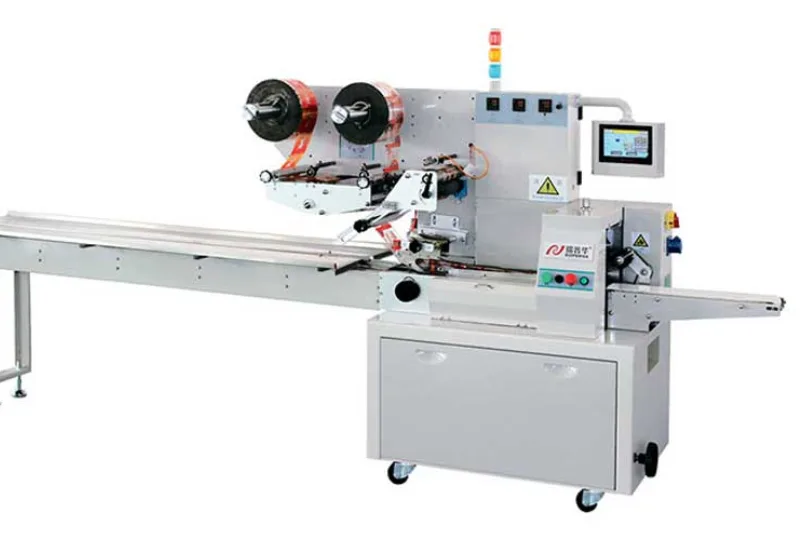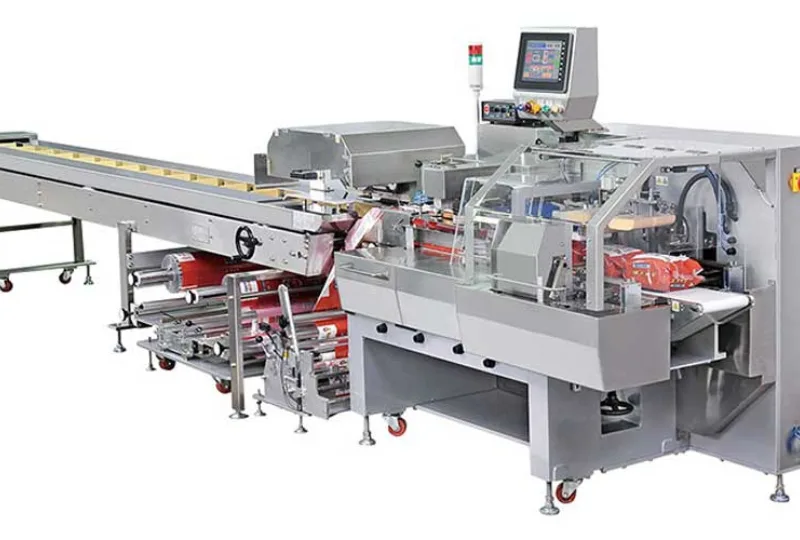A Step-by-Step Guide to Operating Pillow Pouch Packing Machines
A Comprehensive Guide to Operating Pillow Pouch Packing Machines
Introduction: A Step-by-Step Guide to Operating Pillow Pouch Packing Machines
Pillow pouch packing machines are widely used in various industries for packaging granular, powder, and solid products in pillow-shaped pouches. Understanding the operating instructions is crucial for efficient and safe machine use. This comprehensive guide provides a step-by-step approach to operating these machines, ensuring optimal performance and product quality.
1. Machine Preparation
– Install the machine: Unpack the machine and follow the manufacturer’s instructions for proper installation.
– Connect utilities: Ensure the power supply, compressed air, and cooling water are connected as per specifications.
– Clean and inspect trays: Thoroughly clean and inspect the product infeed trays and sealing trays to remove any debris or foreign objects.
– Set parameters: Input the desired pouch size, product characteristics, and packaging parameters into the machine’s control panel.
2. Product Loading
– Load the product: Fill the product infeed tray with the desired quantity of product to be packaged.
– Adjust the weight: Calibrate the weighing system to ensure the target weight is accurately measured and packed.
– Check for proper flow: Verify that the product flows smoothly through the forming tube without any blockages or jams.
3. Film Feeding
– Load the film: Install the film roll on the film unwind stand and thread it through the machine’s guides.
– Adjust film tension: Set the film tension to ensure proper film handling and sealing.
– Align the film: Position the film accurately over the forming tube to ensure precise pouch formation.
4. Pouch Forming and Sealing
– Start the machine: Initiate the forming and sealing process by starting the machine.
– Form the pouches: Hot bars seal the film around the product, creating pillow-shaped pouches.
– Seal the pouches: The formed pouches are then sealed by a cooled press to enhance the seal integrity.
– Cut and discharge the pouches: The finished pouches are cut and discharged into the collection area.
5. Monitoring and Troubleshooting
– Monitor machine performance: Regularly observe the machine during operation to ensure it is functioning smoothly.
– Check for errors: The control panel displays any error messages that may require operator intervention.
– Resolve issues promptly: Identify and address minor issues to prevent downtime and maintain optimal performance.
6. Maintenance and Cleaning
– Regular maintenance: Follow the manufacturer’s maintenance schedule to lubricate, clean, and replace worn parts.
– Thorough cleaning: Regularly clean the machine’s components, especially the product contact surfaces, to maintain hygiene and prevent contamination.
– Proper storage: When not in use, store the machine in a clean and dry environment to protect it from damage.
-
01
Automatic Tray Loading and Packaging Equipment: Boost Efficiency to 160 Bags/Minute
21-11-2025 -
02
Automatic Soap Packaging Machine: Boost Productivity with 99% Qualification Rate
21-11-2025 -
03
A Deep Dive into Automatic Toast Processing and Packaging System
18-11-2025 -
04
The Future of Bakery Production: Automated Toast Processing and Packaging System
18-11-2025 -
05
Reliable Food Packaging Solutions with China Bread, Candy, and Biscuit Machines
11-10-2025 -
06
High-Performance Automated Food Packaging Equipment for Modern Production
11-10-2025 -
07
Reliable Pillow Packing Machines for Efficient Packaging Operations
11-10-2025 -
08
Advanced Fully Automatic Packaging Solutions for Efficient Production
11-10-2025 -
09
Efficient Automatic Food Packaging Solutions for Modern Production
11-10-2025 -
10
Advanced Automatic Packaging Equipment for Efficient Production
11-10-2025













